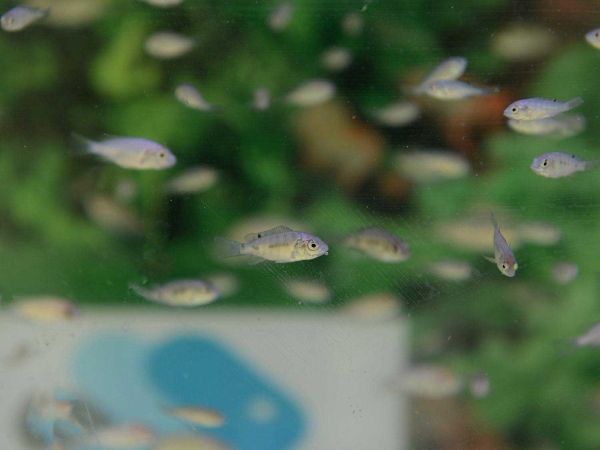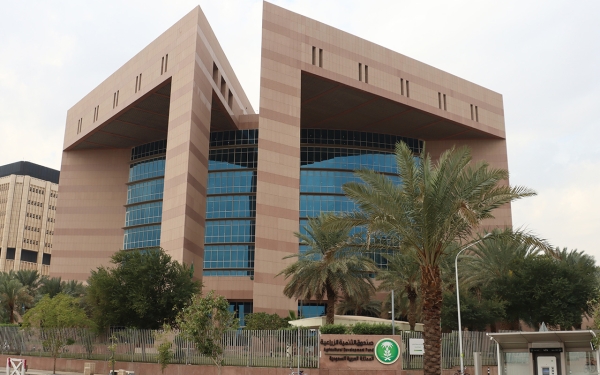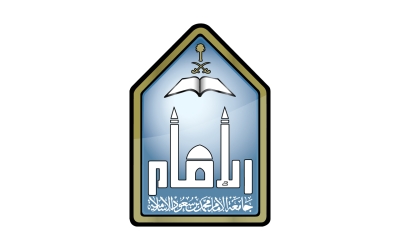


Aquaponics Agricultural System in the Kingdom of Saudi Arabia is a branch of aquaculture. It is an agricultural system that integrates aquaculture (fish farming) and hydroponics (growing plants in water without soil). It is one of the most sustainable and globally advanced techniques in agriculture and environmental conservation. Plants work to purify the water for the fish, which in turn provide natural fertilizer through their waste, increasing plant growth and ensuring increased productivity.
Aquaponics farms involve using aquaculture water to irrigate crops. They are based on the symbiotic relationship between fish and plants, known as the (Aquaponics system). This sustainable agricultural model enhances crop quality, improves irrigation water productivity, and produces leafy greens and fish while preserving environmental resources and achieving a remarkable increase in unit area productivity. It saves over 90 percent of irrigation water compared to conventional agriculture while completely avoiding the use of pesticides and chemical fertilizers.
Investing in the aquaponics system
The Kingdom has paid great attention to investing in aquaculture projects using the floating cage system and the aquaponics system. The aquaponics system is an integrated agriculture technology between plants and fish. It relies on fish waste to feed plants and plant nutrients to feed fish. Investing in this system is one of the most important tributaries supporting comprehensive development plans and achieving the goals and directions of the general strategy for national development in the Kingdom. This strategy is aimed at enriching national economic diversity, providing job opportunities for citizens, and promoting their participation in various fields of development projects.
The Agricultural Development Fund offers financing for aquaculture projects, raising the loan value to 70 percent for projects using this system. Specialized projects, whether companies, individuals, or cooperative societies can benefit from aquaculture financing. Aquaculture financing aims to produce high-quality products using advanced techniques, boost economic growth for fish production in the Kingdom, contribute to achieving food security, and sustain natural resources.
Aquaponics system and water conservation
The aquaponics agricultural system is a hybrid culture system between conventional aquaculture systems and hydroponics, which is cultivation in water without soil. This system allows for aquaculture production and plant crops simultaneously. It is globally distinguished from other cultivation systems by conserving water, and there are no limits to the size and area of the system used. It has become a phenomenon among many people due to the ease of its construction in any location, even inside homes with ornamental tanks.
This system is perceived as one of the future systems expected to spread due to its numerous advantages and people's desire to produce healthy organic products that meet their needs, in addition to recreation and entertainment benefits. The Kingdom has had several successful experiences in aquaculture using this system due to its effectiveness and high-quality production.
The aquaponics agricultural system can save water consumption, whether related to cultivating crops using conventional irrigation methods or fish farming using conventional aquaculture systems. Published results on this system have shown its ability to save a significant amount of water, up to 90 percent. This means that through this system, only 10 percent of the water consumed to produce the same quantity of plants and fish using conventional methods is consumed.
This advantage has led the Saudi Aquaculture Society, in cooperation with relevant entities such as the Aquaculture Department at the Ministry of Environment, Water, and Agriculture, to give more attention to this technology and investigate the possibility of establishing pilot projects to help improve the production quality of freshwater fish farms. These farms often face major problems due to water shortages caused by the use of open conventional methods in fish farming, leading to the waste of large quantities of water. This is incompatible with the Kingdom's direction towards the need for rational water consumption.
Diversity of production options in the aquaponics system
Unlike separate conventional methods for agriculture and aquaculture, this system allows for the dual production of fish and plants. During a single production cycle, fish products can be obtained, as well as leafy plants cultivated at the same time with the same effort and operating costs. This is not limited to production options but also extends to product quality.
Through this system, high-quality organic agricultural crops can be obtained because they originally derive nutrients from the water of fish ponds, without adding any fertilizers or chemical substances. This technology has a promising future in the Kingdom, due to the numerous advantages of this system and the rapid global spread of its use.
Fish and plant integrated culture technology in the aquaponics system
In 2008, a research team from the Environment and Natural Resources Research Institute of King Abdulaziz City for Science and Technology conducted the first research on an aquaponics system in the Arab world, titled 'Integrated culture of fish with plants in a closed system to recycle water'. The experiment was conducted at the city's research station in al-Muzahimiyyah.
The research idea focused on testing the possibility of applying the aquaponics system in the local environment and integrating fish production with plants in a water recycling system. During the experiment, the species to be cultured were determined, whether fish or plant. Tilapia (Oreochromis niloticus) was chosen as it is considered one of the best fishes to be used in this system because of its ease of rearing and breeding, their ability to withstand different culture conditions, resistance to diseases, and low food conversion ratio.
As for the selected plants, the research focused on the use of lettuce, one of the well-known types of vegetables. It focused on selection factors like short culture period and high market value. In general, selecting leafy vegetables or other vegetables with the same characteristics is most suitable for this system.
The experiment results showed the achievement of doubled productivity, whether from fish or plants. The system increased fish production and saved water used in aquaculture by more than 95 percent. In the same production cycle, additional plant production, lettuce, was obtained, with a four-fold increase in productivity per acre compared to conventional farming methods.
Related quizzes

